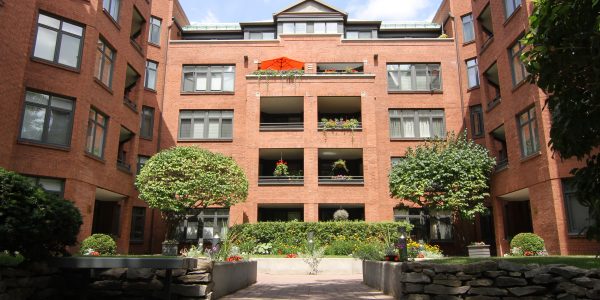A Glimpse into Somerset House: The Jewel of London Culture

Introduction
Somerset House, an iconic neoclassical building located on the south bank of the River Thames in London, is a significant cultural and artistic hub. Constructed in the 18th century, this stunning edifice not only boasts exquisite architecture but also serves as a vibrant space for art exhibitions, performances, and public events. Its relevance today is underscored by its role in promoting the arts and engaging the community, making it a must-visit for both locals and tourists alike.
Historical Significance
The building originally began as a royal residence in the 1540s before being transformed into the current structure designed by architect Sir William Chambers. Its rich history includes serving as the administrative headquarters for various governmental departments and as a centre for the arts. Today, Somerset House is managed by a charitable trust, with the goal of fostering creativity and culture in the heart of London.
Cultural Programme
Somerset House hosts a diverse range of events throughout the year, from art exhibitions to film screenings, and live performances. Recently, it showcased the summer exhibition ‘Somerset House Studios’, which highlights the work of contemporary artists. The site is also home to ‘Film4 Summer Screen’, a popular outdoor film programme that attracts cinema lovers every August. Each event here reflects the dynamic interplay of contemporary culture and historical context, appealing to a broad audience.
Public Engagement
In addition to its artistic endeavours, Somerset House is deeply committed to engaging the public. It frequently holds workshops, talks, and collaborative projects that invite participation and dialogue around creative practices. Visitors can also explore the courtyard and the iconic fountains, providing a serene escape in the bustling city.
Future Outlook
As Somerset House continues to evolve, it aims to enhance its role as a cultural leader in London. Future plans include expanding accessibility to the arts and fostering international partnerships. With a focus on sustainability and community engagement, Somerset House is poised to remain a flagship venue for cultural expression in the coming years.
Conclusion
In summary, Somerset House stands as a testament to London’s rich cultural heritage. Its blend of history, art, and community engagement makes it a significant landmark. For anyone interested in art, history, or simply looking for a vibrant social space, Somerset House offers an invaluable experience that contributes to the creative fabric of London. As it moves forward, its dedicated efforts to promote the arts ensure that it will continue to be a pivotal part of the city’s cultural landscape.








